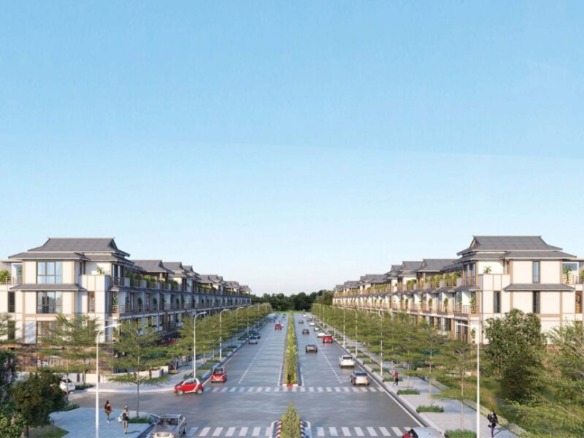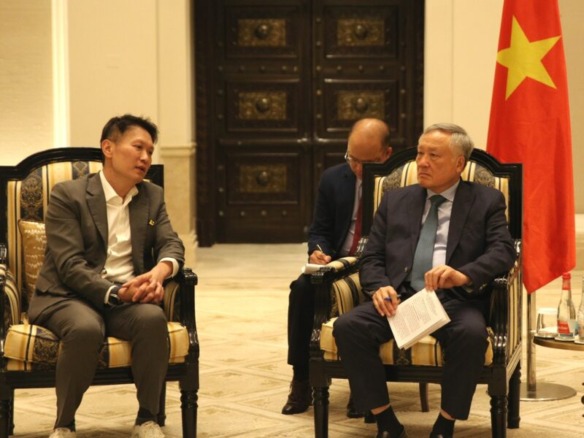Contents
Introduction to Amata’s Growing Footprint
Amata Vietnam Investment represents a pivotal force in Southeast Asia’s industrial real estate sector. As a Thai conglomerate established in 1989, Amata has evolved into a global leader in developing industrial cities. Moreover, with over 1,400 multinational partners and contributions exceeding $56 billion to various economies, the company continues to drive job creation and sustainable growth. In Vietnam, where foreign direct investment (FDI) in manufacturing and real estate is booming, Amata’s nearly 30-year presence underscores its commitment to the region’s potential.
Current Projects: A Solid Foundation
Amata Vietnam Investment currently manages an impressive 2,500 hectares across key locations. For instance, the Amata Bien Hoa Industrial Park spans 700 hectares in Dong Nai Province, serving as a hub for electronics and automotive manufacturing. Additionally, the Long Thanh project covers 1,265 hectares near Ho Chi Minh City, strategically positioned to leverage the upcoming Long Thanh International Airport for logistics advantages. Furthermore, in Quang Ninh Province, the Ha Long 4 development exceeds 700 hectares, focusing on marine-related industries and tourism-integrated zones. These initiatives not only attract international investors but also enhance local infrastructure.
Strategic Expansion in Phu Tho
Looking ahead, Amata Vietnam Investment is set to launch the Doan Hung Industrial Zone in Phu Tho Province. Specifically, the first phase will encompass 300-500 hectares in Tay Coc and Doan Hung communes, transforming the area into a smart urban model between 2025 and 2030. Moreover, the project emphasizes attracting investments in automotive supporting industries, high-tech sectors, and clean industries powered by renewable energy. This move aligns with Vietnam’s national strategy to shift toward sustainable development, as outlined in recent government policies promoting green FDI.
Economic and Analytical Insights
Amata Vietnam Investment’s expansion could significantly boost Phu Tho’s economy, which has historically relied on agriculture and light manufacturing. For example, by creating thousands of jobs and fostering technology transfer, the zone may elevate the province’s GDP contribution. However, challenges such as land acquisition and regulatory hurdles persist, though Phu Tho’s leadership has pledged swift approvals and ongoing support. Additionally, in the broader context, Vietnam’s FDI inflows reached over $20 billion in 2024, with industrial real estate seeing a 15% annual growth rate, according to industry reports. Therefore, Amata’s strategy positions it to capitalize on this trend, potentially yielding high returns for investors.
Future Outlook and Opportunities
As Amata Vietnam Investment progresses, stakeholders anticipate ripple effects across northern Vietnam. In fact, integrating smart technologies like IoT and AI in urban planning could set a benchmark for future developments. Furthermore, for real estate investors, opportunities abound in ancillary sectors such as residential housing near industrial zones. Nevertheless, monitoring geopolitical factors and supply chain shifts remains crucial. Overall, this investment not only strengthens bilateral ties between Thailand and Vietnam but also exemplifies how targeted FDI can propel regional prosperity.
Ready to start your journey in Vietnam? Whether you’re seeking seamless migration services, visa, a work permit, or Real Estate Services such buyer agents, management, development. Our expert team at Migration and Investment Link is here to guide you every step of the way. Don’t miss out—leave your details now for A FREE CONSULTATION and let us turn your Vietnam dreams into reality!





Join The Discussion